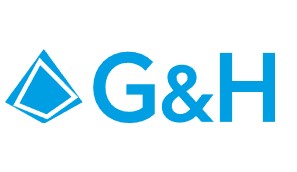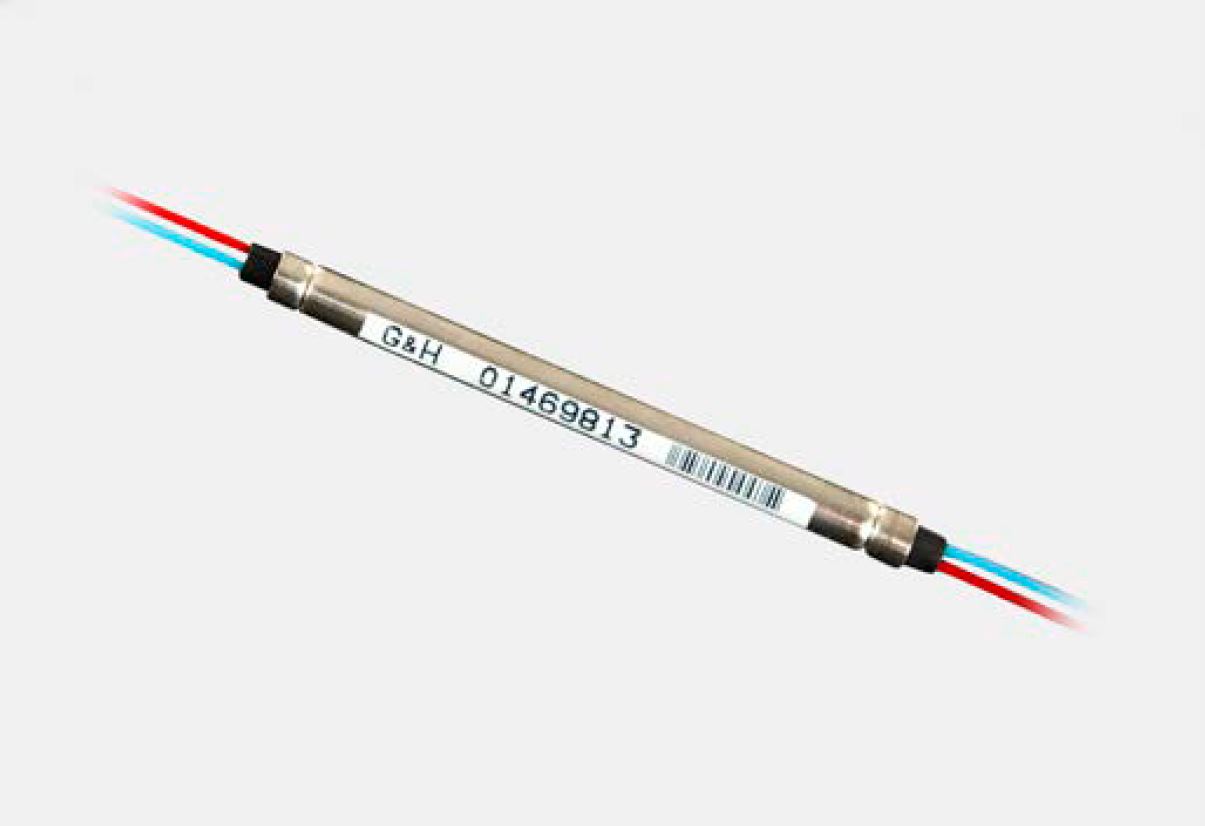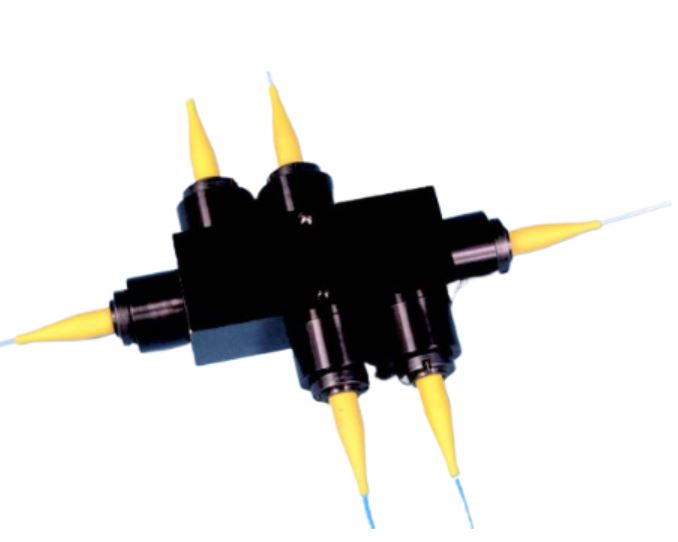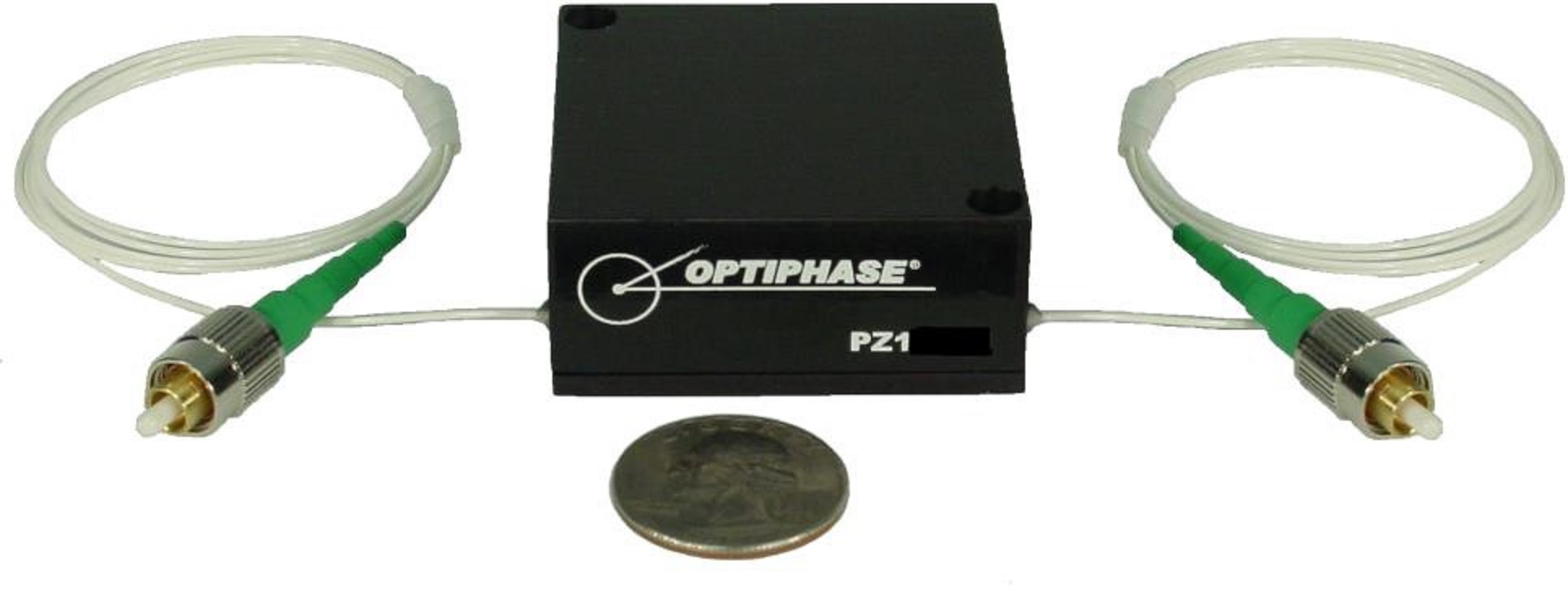Product information "FFS-X SM Fiber Couplers"
Fused; Fiber Type SM; 450-1599 nm; Number of Legs 1x2, 2x2; Splitting Ratio 1/99,999-50/50, Other; Fiber Length 0.5, 1 m; RL ≥50 dB; Dimensions Ø3.0x50/60, Ø5.0x75, 80x10x8, 5x5x85 mm
Gooch & Housego’s FFS-X series of single mode (SM) fiber couplers split or combine light in the visible or (near) infrared regions. The couplers utilize Gooch & Housego’s (G&H) low-loss fused fiber technology. No light leaves the fiber, therefore no alignment is required and there are no unwanted reflections. Furthermore, the output fiber pigtails may be directly integrated into beam delivery systems.
Visible Wavelength SM Fiber Couplers:
Within the FFS-xxxxxxxxx series of visible wavelength fiber couplers, versions optimized for any wavelength within the range of 450 to 700 nm may be selected. These couplers are designed for applications in display systems, sensors and biomedical equipment.
Near Infrared SM Fiber Couplers:
G&H’s FFS-xxxxxxxxx series of near infrared couplers splits light at any selected wavelength from 700 to 1199 nm. These couplers are designed for applications in fiber laser, sensor and avionics applications.
Ultra-low Ratio Tap SM Fiber Couplers:
G&H’s FFS-xxxxxxAxx series of ultra-low ratio tap couplers splits a very small amount of light from a signal path to a tap port. Suitable for very high optical power, its main application is in the monitoring of optical sources such as fiber lasers. Low tap ratios such as 0.1%, 0.01% or 0.001% enable the monitoring photodetector to operate without damage or saturation.
Gooch & Housego proprietary manufacturing technology provides ultra-low loss in the signal path, thereby maximizing optical power handling. Consistently high return loss (>55 dB) reduces the amount of optical power reflected back along the input fiber. This helps the fiber laser operate in a stable manner. Standard ultra-low ratio parts are available for wavelengths from 700 to 1599 nm. For other wavelengths, coupling ratios or customized fiber types please contact AMS Technologies.
Key Features:
- Available at Wide Variety of Operating Wavelengths: 450 to 1599 nm
- Coupling Ratio: 1% to 50%, Plus 0.1%, 0.01% and 0.001% Ultra-low Coupling Ratio Versions
- All Fiber – No Lens Alignment Required
- No Unwanted Reflections
- High Return Loss (RL): ≥50 dB (Ultra-Low Coupling Ratio Versions)
- High Optical Power Handling: 4 W
- Fiber Type: Specialty Single Mode (SM) Fiber
- Number of Legs: 1x2, 2x2
- Pigtail Length: 0.5, 1 m
- Custom Designs Available
- Connector Type: FC/PC, FC/APC, SC/APC, FC/UPC, SC/UPC, LC, None
- Dimensions: Ø3.0 x 50/60, Ø5.0 x 75, 80 x 10 x 8, 5 x 5 x 85 mm
Applications: Visible and Display Systems; Fiber Lasers; Sensors; Raman Amplifiers; High-power EDFAs; Avionics; Biomedical Equipment; Research




